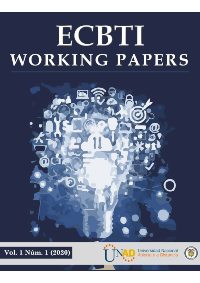Data acquisition model for monitoring maintainable assets through an information system
The productive assets of the companies require to be monitored when they are in production and to have preventive and corrective maintenance routines; On many occasions these activities are carried out in person, however, the Internet of Things is giving way to a new paradigm, where "things" are routinely connected and can send and receive information from any point where there is the possibility of having an internet connection, in this context asset management and maintenance have evolved and there is an opportunity to develop a management model that can be used as a knowledge base to implement a future venture in the information technology sector, the which, supported by IoT technology, allows optimizing the monitoring of productive assets in the industrial, transportation, mining and construction sectors through an information system.
This article describes the data acquisition model, which includes the description of the main components of productive assets in Industrial Facilities, the main operating variables in industrial equipment, the list of the main protocols for IoT solutions and the description of the proposed communications solution.





